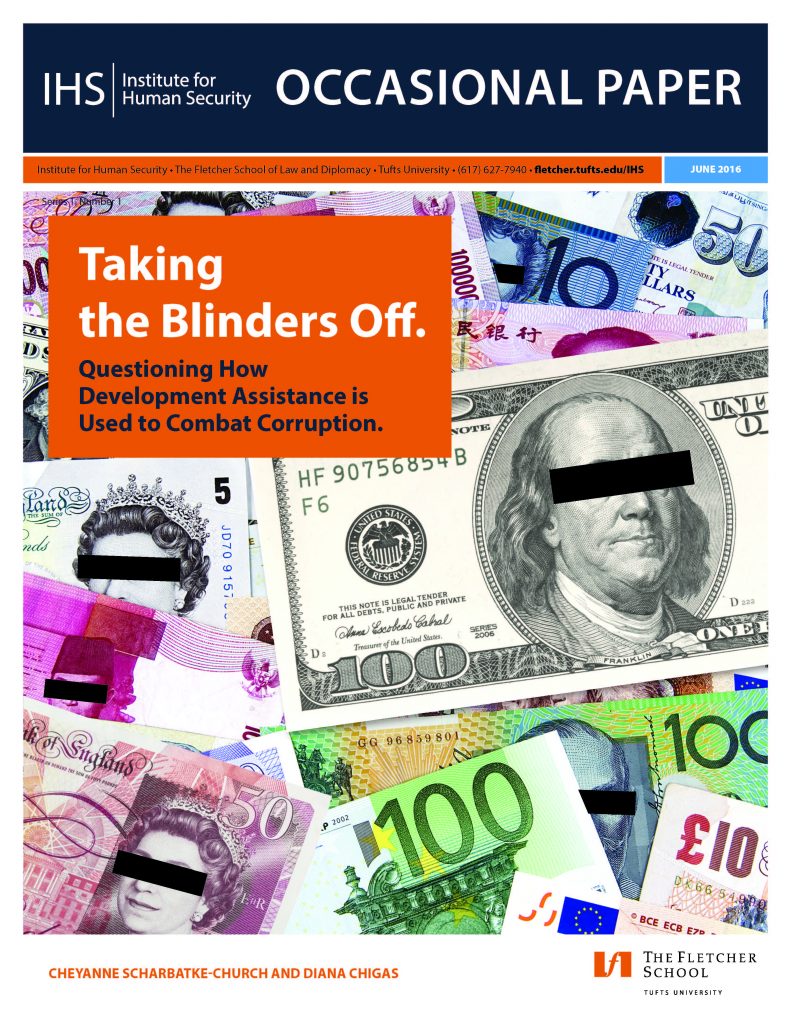Taking the Blinders Off: Questioning How Development Assistance is Used to Combat Corruption

By Cheyanne Scharbatke-Church and Diana Chigas
Despite significant development assistance for anti-corruption efforts, the international community’s toolbox for fighting corruption carries a remarkably limited set of tools. While the evidence of effectiveness of these tools is weak, they dominate programming and continue to be replicated across contexts. This paper suggests that the limited effectiveness of anti-corruption programming, particularly in fragile and conflict-affected states, stems from a problem-strategy mis-match, wherein a simple response is being applied to a complex, systemic problem that is inseparable from the socio-political context in which it takes place. Current anti-corruption responses are predominantly simple because they conflate enablers with causes, focus on the individual transaction, and apply recipes. Practically, a shift of paradigm, from the simple to the complex, would require changes in the way we analyze and develop anti-corruption strategies and programs. To that end, we need: • Broader and more systemic analysis • Implement strategic, emergent design and adaptive monitoring • Pursue more multi-dimensional strategies |

